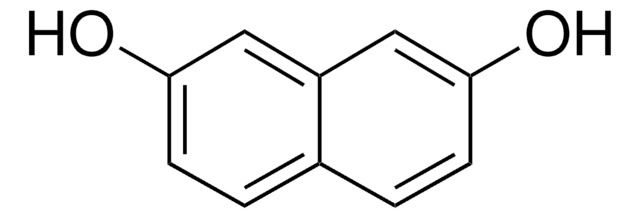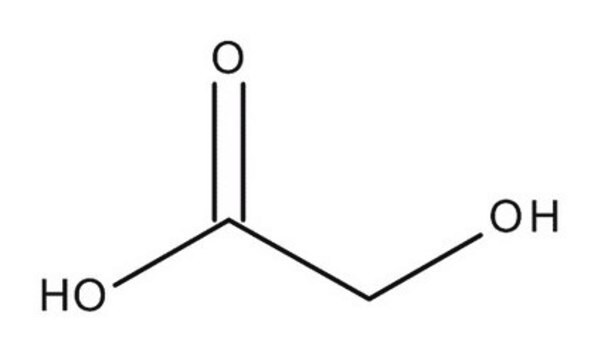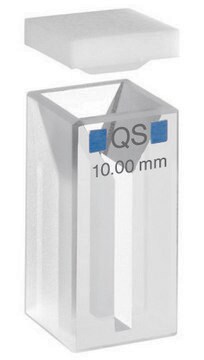8.20851
2,7-Naphthalenediol
for synthesis
Synonym(e):
2,7-Naphthalenediol, 2,7-Dihydroxynaphthalene
About This Item
Empfohlene Produkte
Qualitätsniveau
Assay
≥98.0% (HPLC)
Form
powder
mp (Schmelzpunkt)
184-187 °C
Schüttdichte
600‑700 kg/m3
Lagertemp.
2-30°C
SMILES String
Oc1cc2c(cc1)ccc(c2)O
InChI
1S/C10H8O2/c11-9-3-1-7-2-4-10(12)6-8(7)5-9/h1-6,11-12H
InChIKey
DFQICHCWIIJABH-UHFFFAOYSA-N
Anwendung
- Photoelectric Properties of Carbon Quantum Dots: Investigates the synthesis and high fluorescent quantum yield of green carbon quantum dots, where 2,7-naphthalenediol serves as a precursor, enhancing the photoelectric properties for potential applications in optoelectronic devices (Zheng et al., 2020).
- Fungal Melanogenesis Mimicry for Coatings: Describes the use of dihydroxynaphthalene, derived from 2,7-naphthalenediol, in creating multifunctional coatings that mimic fungal melanogenesis, showcasing its application in protecting materials and increasing their durability (Jeon et al., 2016).
- Catalytic and SERS Activities of Nanoclusters: Discusses the role of 2,7-naphthalenediol in enhancing the catalytic and Surface-Enhanced Raman Scattering (SERS) activities of osmium nanoclusters, which are crucial for chemical sensing and catalytic applications (Ede et al., 2014).
- Shape-Selective Pt Nanoparticles: Details the photoinduced formation of shape-selective platinum nanoparticles, where 2,7-naphthalenediol could potentially act as a reducing agent, influencing the synthesis process in photoreactive nanomaterial production (Kundu and Liang, 2010).
- Glycolate Testing in Microbial Cells: Presents a new rapid glycolate testing method using diethyl ether extraction suitable for small bacterial cell samples. While primarily a methodological study, it highlights the broader potential applications of reagents like 2,7-naphthalenediol in biochemical testing (Uchida et al., 1999).
Hinweis zur Analyse
Identität (IR): entspricht
Signalwort
Warning
H-Sätze
Gefahreneinstufungen
Eye Irrit. 2 - Skin Irrit. 2 - STOT SE 3
Zielorgane
Respiratory system
Lagerklassenschlüssel
11 - Combustible Solids
WGK
WGK 2
Flammpunkt (°F)
Not applicable
Flammpunkt (°C)
Not applicable
Analysenzertifikate (COA)
Suchen Sie nach Analysenzertifikate (COA), indem Sie die Lot-/Chargennummer des Produkts eingeben. Lot- und Chargennummern sind auf dem Produktetikett hinter den Wörtern ‘Lot’ oder ‘Batch’ (Lot oder Charge) zu finden.
Besitzen Sie dieses Produkt bereits?
In der Dokumentenbibliothek finden Sie die Dokumentation zu den Produkten, die Sie kürzlich erworben haben.
Kunden haben sich ebenfalls angesehen
Unser Team von Wissenschaftlern verfügt über Erfahrung in allen Forschungsbereichen einschließlich Life Science, Materialwissenschaften, chemischer Synthese, Chromatographie, Analytik und vielen mehr..
Setzen Sie sich mit dem technischen Dienst in Verbindung.













